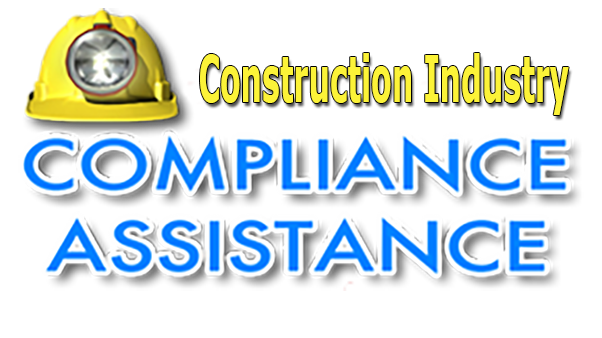
 Oil Spill Prevention/Planning
Oil Spill Prevention/Planning
This section discusses the Spill Prevention, Control and Countermeasures plan or SPCC regulations, found in 40 CFR 112. These regulations require the owners and operators of facilities, including certain large construction sites, to prepare and implement spill prevention plans to avoid oil spills into navigable waters or adjoining shorelines. SPCC plans must identify operating procedures in place and control measures installed to prevent oil spills, and countermeasures to contain, clean up, or mitigate the effects of any oil spills that occur. The plan must be updated as conditions change at your construction site.
| Calculate your total aboveground storage capacity. Add together the storage capacity of all your storage tanks and the fuel and fluid (e.g., hydraulic fluid) tanks on your mobile and operational equipment. In this calculation, include only those tanks that have more than 55 gallons of storage capacity. |
The SPCC rule includes spill prevention and countermeasure plans for spills from aboveground and certain underground storage tanks. A construction site project must meet SPCC regulatory requirements if it meets the following three criteria:
-
It stores, uses, transfers, or otherwise handles oil;
-
It has a maximum aboveground storage capacity greater than 1,320 gallons of oil (which includes both bulk and operational storage volumes) OR total underground storage capacity greater than 42,000 gallons of oil; AND
-
There is a reasonable expectation (based on the location of your site) that an oil spill would reach navigable waters or adjoining shorelines of the U.S.
Preparation of the SPCC Plan is the responsibility of the facility owner or operator, or it can be prepared by an engineer or consultant, but it must be certified by a registered Professional Engineer (PE).
If a spill occurs, you must follow the spill response procedures outlined in your SPCC plan. These procedures should include identifying the spilled material, restricting the flow of any remaining material within the original container, confining the spill area with absorbent materials or dikes, beginning remediation and decontamination of the affected areas, and notifying all the appropriate parties.
| For more information, including state rules, visit TERC Center - Reporting Spills. |
Reporting Requirements
USEPA rules also impose certain reporting requirements:
-
Notify the National Response Center (NRC) at 800-424-8802 if you have an oil discharge to waters or adjoining shorelines.
-
If the amount of oil spilled to water is more than 42 gallons on two different occasions within a 12-month period or more than 1,000 gallons to water in a single spill event, then notify your EPA Regional office in writing. The gallon amount(s) specified (either 42 or 1,000) refers to the amount of oil that reaches navigable waters of the United States or adjoining shorelines, not the total amount of oil spilled.
Note that EPA's SPCC program applies in all 50 states and is administered and enforced by federal EPA in every state; however, states and localities also may have supplemental oil programs (e.g., registration and permitting of all above-ground storage tanks that contain oil). SPCC inspectors are looking for sheens on water, the ground, or pavement; oil storage containers without secondary containment or with improperly sized secondary containment; lack of alarm systems to notify personnel of spills; missing records; and failure to train personnel. The provisions of the SPCC rule may apply on a construction site in addition to the spill prevention and response procedures required by your construction stormwater permit (which must be included in your stormwater pollution prevention plan or SWPPP).
More Resources
Oil Spills Prevention and Preparedness Regulations. EPA's oil spill prevention program includes the Spill Prevention, Control, and Countermeasure (SPCC) and the Facility Response Plan (FRP) rules. The SPCC rule helps facilities prevent a discharge of oil into navigable waters or adjoining shorelines. The FRP rule requires certain facilities to submit a response plan and prepare to respond to a worst-case oil discharge or threat of a discharge.
Spill Prevention, Control, and Countermeasure (SPCC) Regulation (40 CFR part 112). A Facility Owner/Operator's Guide to Oil Pollution Prevention. How and when is it applicable to construction sites?
Emergency Response. EPA responds to oil spills, chemical, biological, radiological releases, and large-scale national emergencies. EPA also provides additional response assistance when state and local first responder capabilities have been exhausted or when additional support is requested.
